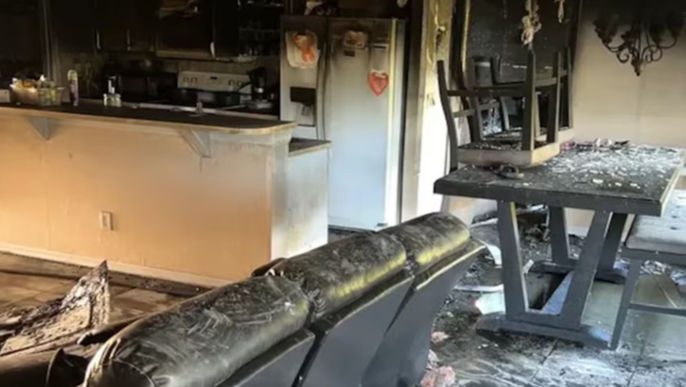NASA has initiated a strategic collaboration with the energy company Woodside Energy to utilize a humanoid robot, Valkyrie, for remote maintenance of an offshore extraction platform. This partnership will allow testing of the resulting software and providing data and feedback to NASA, thus accelerating the development of space robotics technology.
The primary objective is to enhance the efficiency and safety of Woodside’s remote and offshore operations, benefiting both their personnel and the environment. The developed capabilities could also find applications in NASA’s Artemis missions and other Earth-based robotic objectives.
The experience gained from operating Valkyrie at Woodside’s facilities will enable NASA to design better robots capable of working in dirty and hazardous conditions, similar to those encountered on the Moon and expected in future Artemis missions.
NASA emphasizes that remotely operated mobile robots on the lunar and Martian surfaces can perform significant tasks even in the absence of astronauts, showcasing the potential of this technology in space exploration.
NASA has significantly contributed to innovation by initiating a strategic alliance involving its humanoid space robot and the oil industry. This alliance promises to transform the way tasks are carried out in hostile environments, opening up new possibilities for space exploration and the oil industry.
Developing humanoid robots capable of performing complex functions has been an ongoing initiative for several years. Therefore, this collaboration marks a significant milestone in the advancement of robotic technology and, why not? It demonstrates the potential for adaptation to different environments, promoting efficiency and reducing associated risks.
Humanoid robots are designed to fulfill tasks that previously required human presence. This has minimized the risks associated with activities such as underwater facility inspection, delicate equipment handling on oil platforms, underwater pipeline inspection, or detecting oil leaks in hard-to-reach areas. Additionally, their ability to adapt to different situations and perform precise and complex tasks makes them ideal allies in this or any other sector.
The versatility of humanoid robots is astonishing and is one of the main reasons we can see them adapting to various fields. In fact, this type of robot has already been seen playing games from classics like poker. Moreover, with all the advancements on the internet, casinos have expanded to the point where you don’t know which is the ideal choice. Professionals like CasinoBonusCA analyze each of the online casinos found on the web. Features such as game variety, payment methods, and, most importantly for many, welcome bonuses and no deposit bonuses are analyzed. This way, users can have a gaming experience as if they were in a real casino. However, we haven’t seen humanoid robots acting as dealers in front of a screen or being our opponents in a virtual tournament. Therefore, it is not surprising that the range of options for applying these technological tools is expanding.
The benefits of this collaboration are undoubtedly numerous. First and foremost, this partnership drives innovation and advances in robotics technology and opens up new possibilities in space exploration and the oil industry.
Using the humanoid robot Valkyrie in remote maintenance of offshore extraction platforms can improve operational efficiency and enhance safety for both personnel and the environment.
These advanced robotic capabilities enable the execution of complex tasks in hostile environments where human presence was previously required, minimizing the risks associated with hazardous activities such as underwater inspections, delicate equipment handling, and detecting oil leaks in hard-to-reach locations.
Furthermore, this collaboration accelerates the development of space robotics technology by allowing NASA to test and collect data from the resulting software used in Valkyrie’s real-world operations. These advancements have far-reaching implications, extending beyond the immediate benefits for the oil industry. The successful application of Valkyrie’s capabilities in remote maintenance and operation can serve as a blueprint for future space missions, including NASA’s ambitious Artemis program. The knowledge gained from this collaboration can contribute to developing advanced robotic systems that will play a crucial role in exploring and establishing sustainable habitats on the Moon and potentially even paving the way for crewed missions to Mars. The partnership between the NASA humanoid robot and the oil industry is transforming operations in hostile environments and shaping the future of space exploration.














